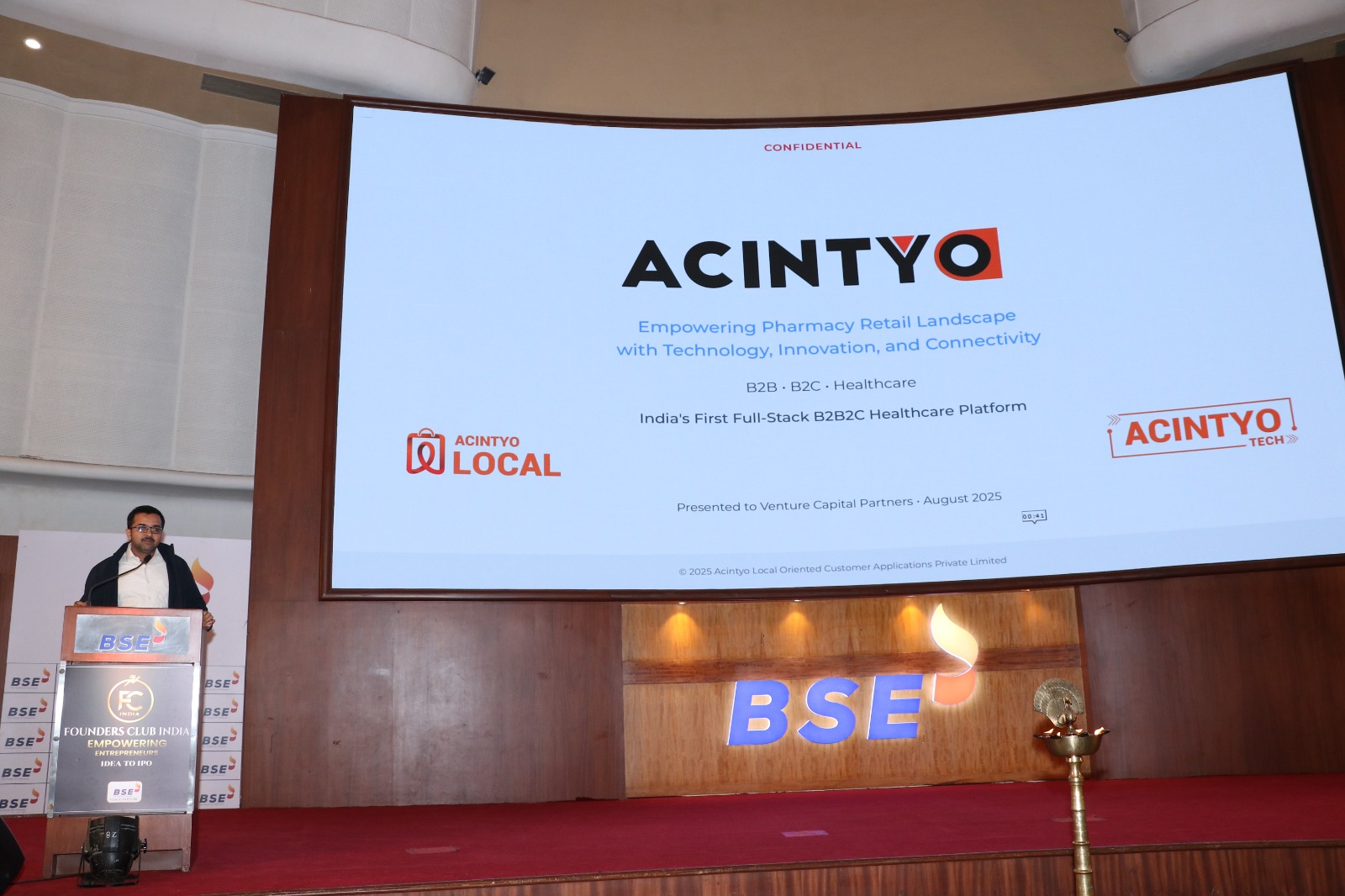The transformation in world of Human-Computer Interaction
In February 2023, we collaborated with a market research analytics company to streamline the summarization of voice-based user conversations from focus group discussions. Despite the release of OpenAI's ChatGPT LLM model in November 2022, initial reservations about developer API access and ecosystem stability kept it off our radar. However, the model's capabilities soon outshone traditional methods, revolutionizing our approach to Natural Language Processing (NLP). This experience exemplifies how technological advancements often reach an inflection point, transforming from incremental changes to widespread adoption

Human-Computer Interaction: Technology in Harmony with Human Needs
Human-Computer Interaction (HCI) is unique compared to other technological fields, which often follow a linear progression, as seen in Moore's Law. HCI is deeply interconnected with disciplines like Computer Science, Industrial Design, Cognitive Psychology, and Linguistics, each influencing its development. Technological advancements in HCI depend on progress across these domains. For instance, Douglas Engelbart's 1968 "The Mother of All Demos" showcased innovations like word-processing and video-conferencing, which took two decades to fully materialize, needing advancements in graphical user interfaces, internet development, and microchip computing power.
Revolutionizing Healthcare Through HCI: The EEG-Based Parkinson’s Detection
HCI aims to adapt technological advancements for widespread human use while also driving progress by addressing human needs. An example from our technology hub is the development of "Electroencephalogram (EEG)-based Early Detection of Parkinson’s Disease." Unlike MRI scans, which are challenging for patients with involuntary movements, EEG is easier to administer but complex to analyze. Simplifying EEG data analysis could make it a viable alternative to MRI scans, demonstrating how HCI can make technology more accessible and beneficial for both patients and medical technicians.
The Convergence of Language and AI: A New Era for HCI
With rapid advancements in Natural Language Processing (NLP) and Generative Design, HCI is experiencing a significant transformation. Large Language Models (LLMs) have quickly evolved into Large Multimodal Models (LMMs), capable of generating information across various data types. The next step is their evolution into Large Action Models (LAMs), which can autonomously execute actions with minimal input. Similarly, Generative Design is progressing towards Generative Immersive Worlds. This shift from hardware-led to software-led innovations aims to create interfaces where systems adapt to users, leading to more intuitive interactions.
Building Trust in Automated Models: The HCI Imperative
A crucial challenge in advancing HCI is building trust in automated models. Our goal is to develop technologies that users can confidently trust and interact with naturally. Emotive and perceptual engineering can create hyper-personalized tools for micro-interventions, guided by the principle: "Don't make them think, think for them." By ensuring these advanced models feel reliable and intuitive, we aim to make interactions as natural and unquestioned as using a calculator.
The Imminent Revolutionary Tipping Point: HCI’s Role
Over the past decades, incremental advancements across various fields have culminated in revolutionary prototypes like augmented reality, brain-computer interfaces, and voice-controlled devices. Today, these technologies are converging towards an imminent tipping point. HCI's role is to integrate these advancements to craft intuitive devices and applications that prioritize user needs. This convergence may soon redefine HCI as Human-Centered Interaction, reflecting its focus on creating technology that harmonizes with human requirements.
Conclusion
In summary, Human-Computer Interaction is at a pivotal moment, driven by advancements in NLP, AI, and Generative Design. By focusing on human needs and integrating interdisciplinary progress, HCI aims to develop intuitive, trustworthy, and personalized technologies. As we approach a revolutionary tipping point, the field's mission to create technology in harmony with human needs becomes ever more crucial, promising a future where interactions are seamless and beneficial for all users





































Comments (0)